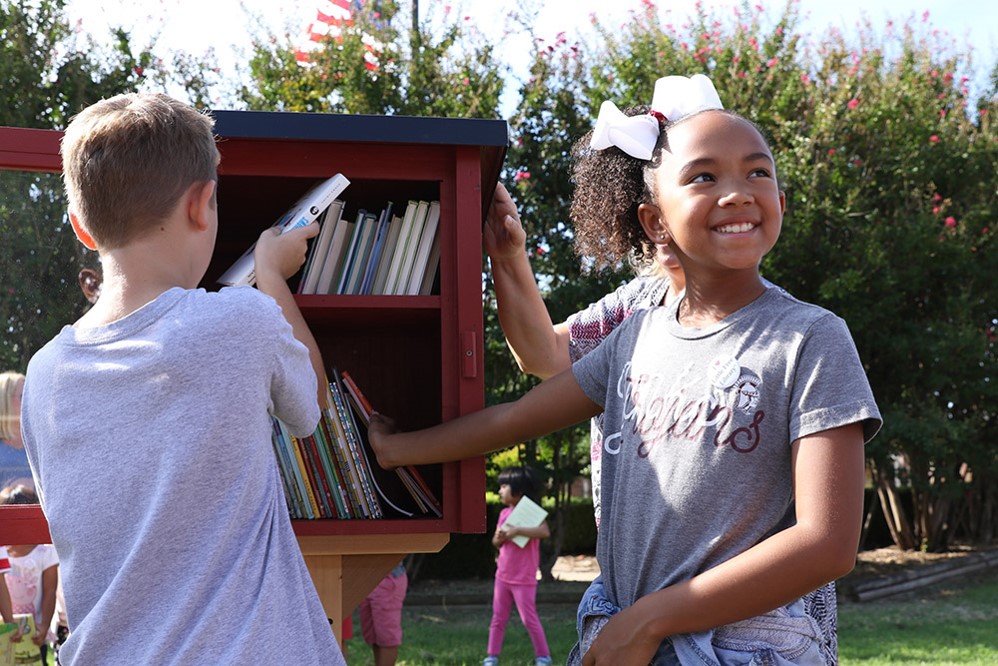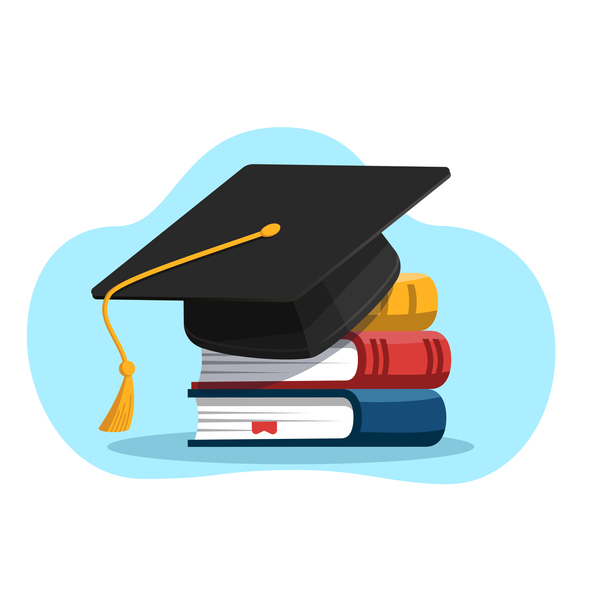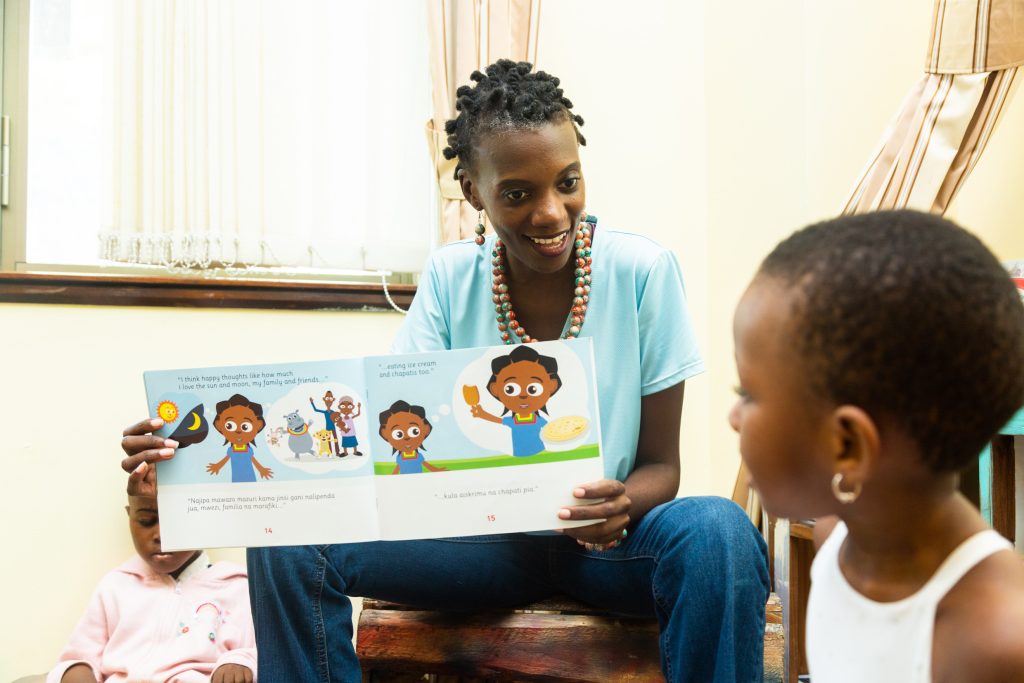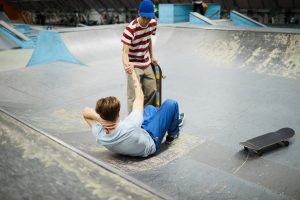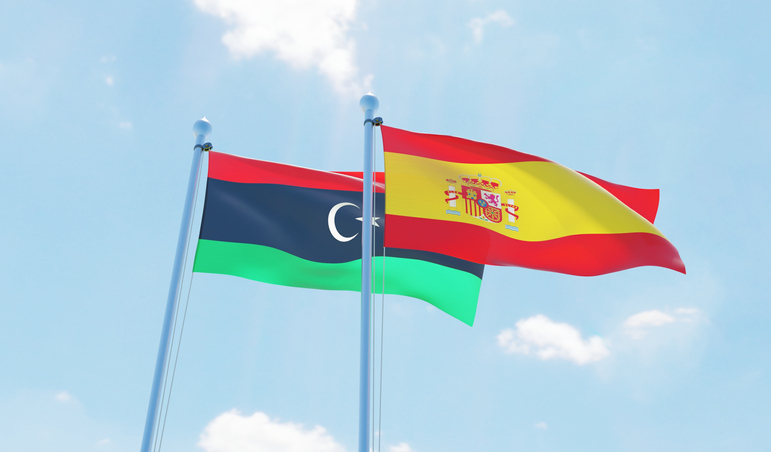
|
In 2016, California passed Proposition 58, which eliminated subtractive linguistic schooling policies and made the way for linguistic equity on behalf of multilingual learners. Alongside Proposition 58, the California Department of Education’s Global 2030 initiative (https://www.cde.ca.gov/eo/in/documents/globalca2030report.pdf) set out to operationalize many of Proposition 58’s promises, including:
• Seeking to credential 1,190 new bilingual teachers by 2030;
• Increasing the number of dual language programs from 407 to 1,600 by 2030; and
• Increasing the number of bilingual teacher preparation programs to 100 by 2030.
As a professor of education at Whittier College who just launched a bilingual authorization program in spring of 2022 (our program will also be available online in fall 2022), I know that we have done our part to increase the number of bilingual teacher preparation programs to 100 by 2030. As a Hispanic- and minority-serving institution, as well as one of the most diverse liberal arts colleges in the country, we knew that a bilingual authorization program was a good fit for our teacher education program and our community. Many of our undergraduate and graduate students at Whittier College are first-generation students and heritage-language Spanish speakers, who can now use these rich assets and experiences to serve future generations of multilingual learners.
Unfortunately, for the past 20 years, the subtractive schooling experiences that many multilingual learners have experienced in California and other parts of the country have rid them of their rich linguistic and cultural histories. Prior to the passage of Proposition 227—the subtractive, English-only policy that dominated classrooms in California for 20 years—roughly 30% of multilingual learners were served in bilingual classrooms, and a decade later, participation declined to under 5% (AB 1701 Fact Sheet, 2022). I myself experienced such subtractive schooling, being a first-generation Latina of Costa Rican descent, starting my own educational career as a multilingual learner. Quickly, I began to excel in school and English became my dominant language. My parents, who both spoke English well, with the best of intentions, started using more English than Spanish at home. My sister and I continued to hear Spanish, spoken between my parents, but we became socialized into English and English spaces, including our church and our community. The result is that my academic English is now much stronger than my academic Spanish. My desire to launch the Bilingual Authorization Program comes from this loss and my yearning to recapture my own language and culture. I have done this in a variety of ways over my academic career.
First, all of my research and books have been centered around the needs of multilingual learners. Together, all of my publications tell a story of how to equitably engage and include multilingual learners in classrooms so that they gain voice and an academic identity in school. At Whittier College, I also teach a study abroad course in Costa Rica, which has allowed me to practice my Spanish language skills and to recapture my culture while also ensuring that future generations of teachers learn how to meet the linguistic and cultural needs of Spanish-speaking students. Still, I had a longing to do more to create systems by which future teachers would see that their bilingualism, biliteracy, and biculturalism could transform their own lives, while also transforming the next generation of Californians. Thus, the Bilingual Authorization Program at Whittier College was born. From the onset of the development of the program, we made sure to collaborate with the Spanish Department as well as with experts in local school districts, like Whittier City School District and East Whittier School District, who had experience with dual language programs. This, alongside support and an ongoing collaboration with the California Association for Bilingual Education (CABE), has assisted us with designing a program that is grounded in dual language education research as well as bilingual and biliteracy best practices.
Still, we are systemically far behind our Global 2030 goal of 100 new teacher preparation programs by 2030. According to the California Commission on Teacher Credentialing (CCTC), currently only 42 of 80 teacher preparation programs offer programs for bilingual authorizations. With the addition of more bilingual authorization programs, we will be able to systemically address the reduction of credentialed teachers with bilingual authorizations, which dwindled from 1,800 teachers annually in the mid- to late 1990s to solely 1,075 teachers in 2019–20 (AB 1701 Fact Sheet, 2022).
In addition, if AB 1701 is approved in California, it will create a five-year grant to the California State University (CSU) system to increase student enrollment in bilingual authorization programs through recruitment and retention of full-time faculty for bilingual authorization programs through its colleges of education (AB 1701 Fact Sheet, 2022). This assembly bill is the first step in systemically recruiting and retaining faculty within CSU by allowing it to have the capacity to increase preservice teacher enrollment in bilingual authorization programs. The next step would be additional funding to expand bilingual authorization programs at private and independent colleges. This is needed because currently 49% of teaching credentials are administered by private and independent colleges and universities, while the CSU system issues close to 45% of teaching credentials (CCTC website). Since private and independent colleges are training almost half of all teachers in California, they too deserve systemic resources, such as AB 1701, to further recruit and retain full-time faculty in their own bilingual authorization programs.
References
AB 1701 Fact Sheet (2022). Walnut: California Association for Bilingual Education.
California Commission on Teacher Credentialing (CCTC) website. www.ctc.ca.gov/commission/reports/data/other-teacher-supply-bilingual-authorizations
Global CA 2030 report. www.cde.ca.gov/eo/in/documents/globalca2030report.pdf
Ivannia Soto, PhD, began her career in the Los Angeles Unified School District and is now professor of education and director of graduate programs at Whittier College, where she also coordinates the Bilingual Authorization Program. She has authored and co-authored twelve books, including ELL Shadowing as a Catalyst for Change, a best-seller that was recognized by Education Trust-West as a promising practice for ELLs in 2018.




